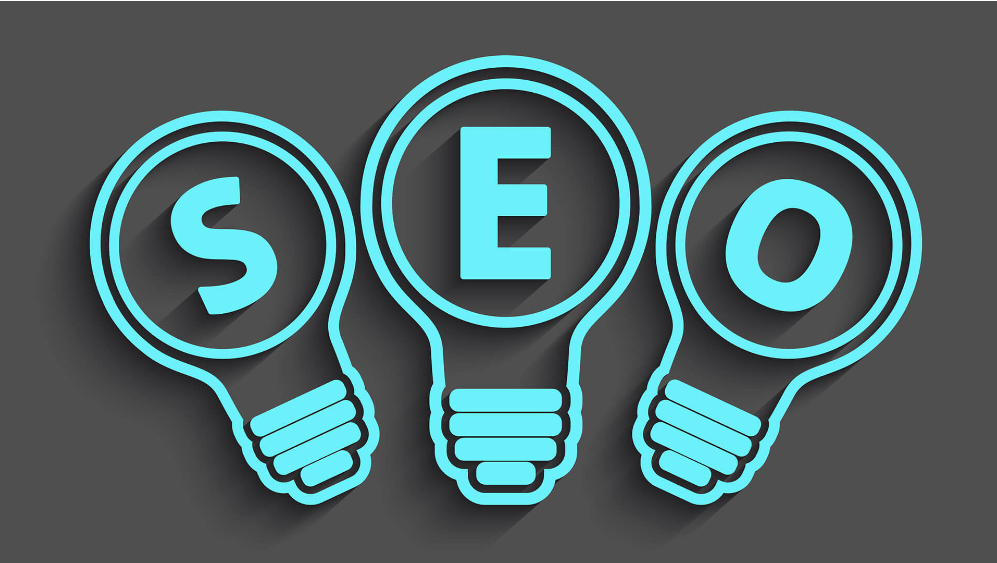There are many search engine optimization companies that can provide practical strategies in securing your website. These websites usually have less than 20 web pages and offer a small selection of selected keywords. SEO e-commerce requires a high level of preparation and adequate tools to achieve the best search engines’ best positions.
Use Relevant Keywords

To ensure that, in addition to search engines, product information is accessible for buyers to use, a website must be easy to find, read and understand, including color, size, size, and cost. Illustrations of these products should match physical items to make sure their color and size are correct.
Some suppliers only show the value of the goods when they are added to the consumer cart. Perhaps they have a particular promotion or try to take advantage of their marketing policy’s minimum price. But even though hiding costs do not directly impact SEO, shoppers often leave the website immediately as soon as the item page does not show price information.
Consider Your Customers

A website and product page should be designed to provide a fantastic shopping experience. If companies are allowed to offer the best products with the cheapest merchandise in their store when their site is not easy to navigate or search, shoppers can become frustrated and leave. Design is also a crucial part of SEO.
When search engines find out that a website has an exceptionally high bounce rate, the site rankings begin to plummet. A well-designed website can reduce bounce rates and allow people to navigate through numerous pages even if they don’t easily find the information they need or want. For an e-commerce website to be successful, it must be easy to find and navigate, have sensible menus and navigation features that allow visitors to understand the information they will see when they click on a hyperlink. In this regard, loading time is also an essential factor. For this reason, it is ideal to have websites that load quickly.








